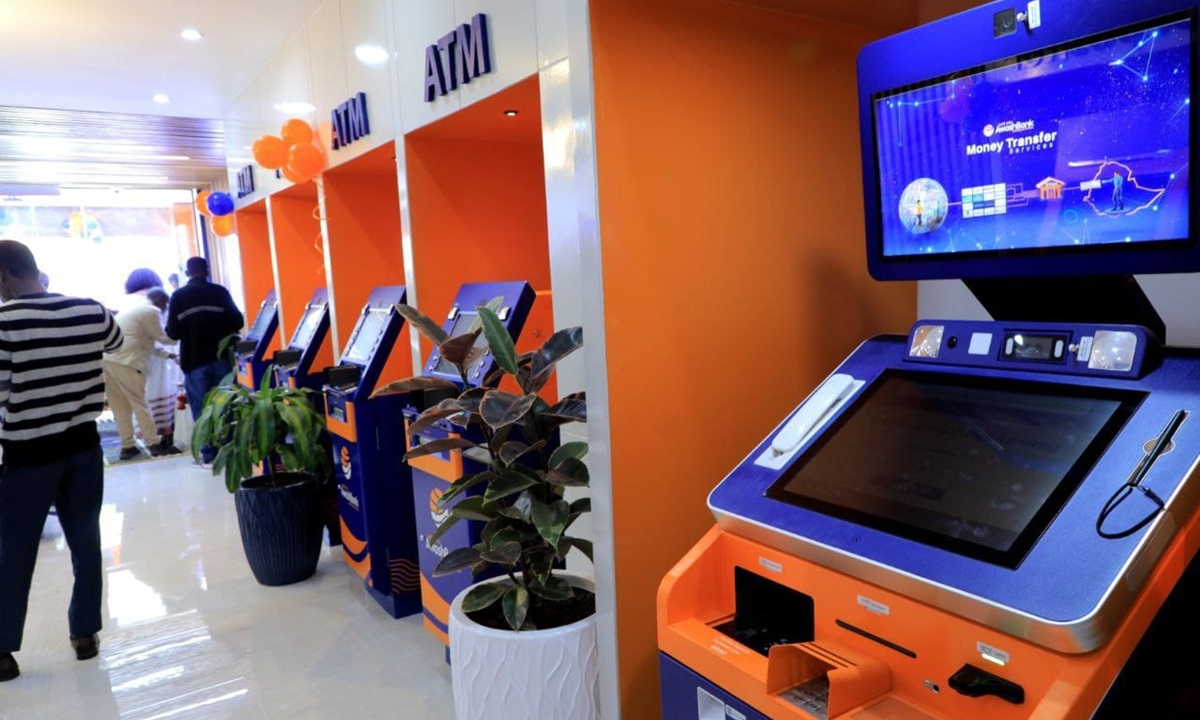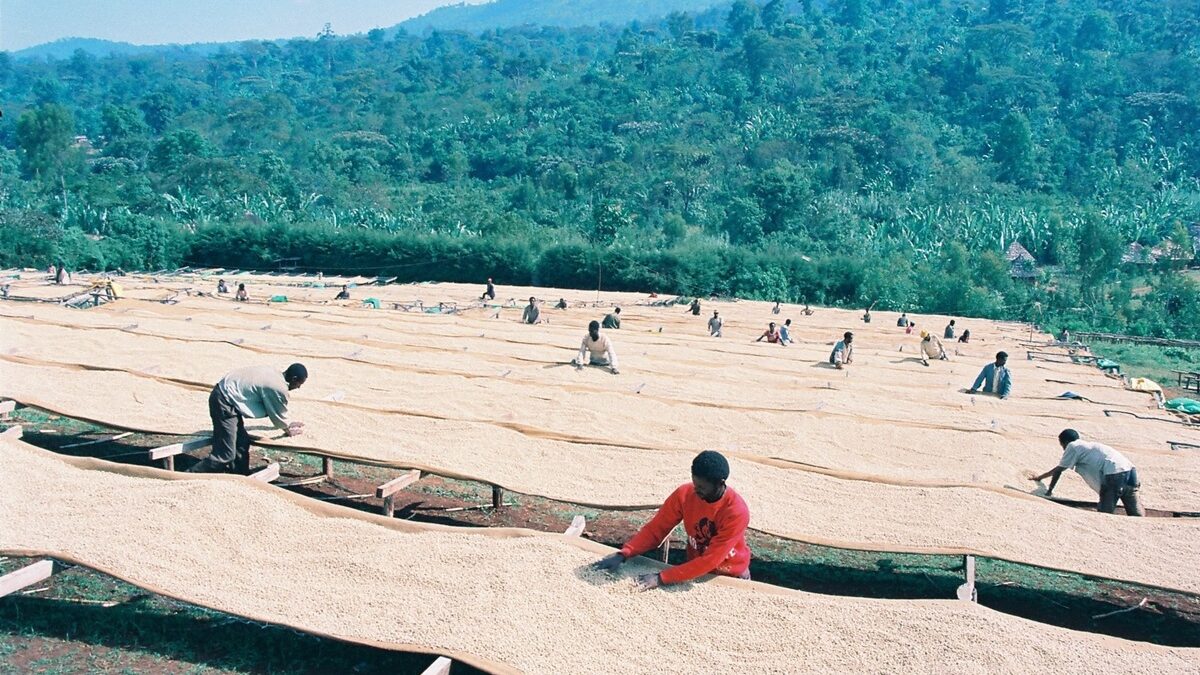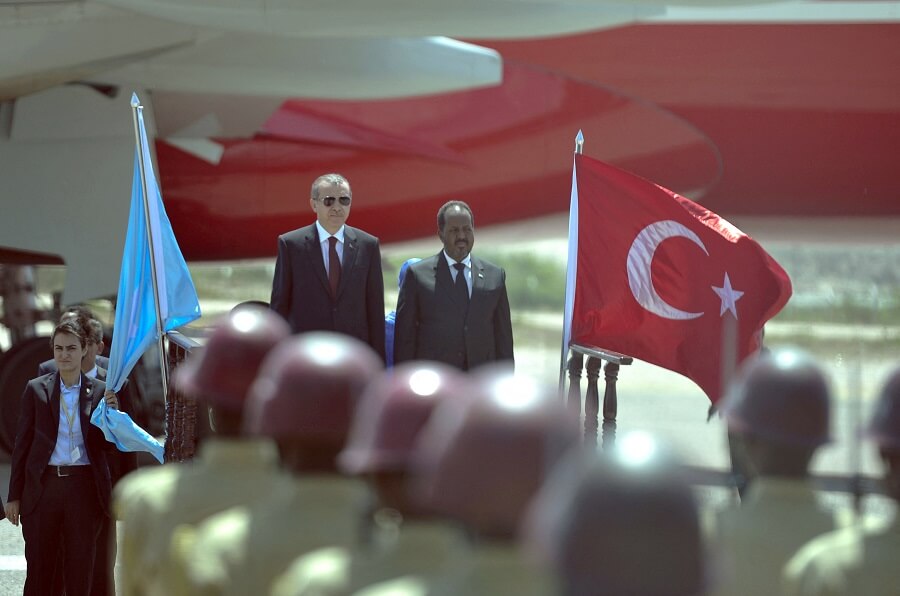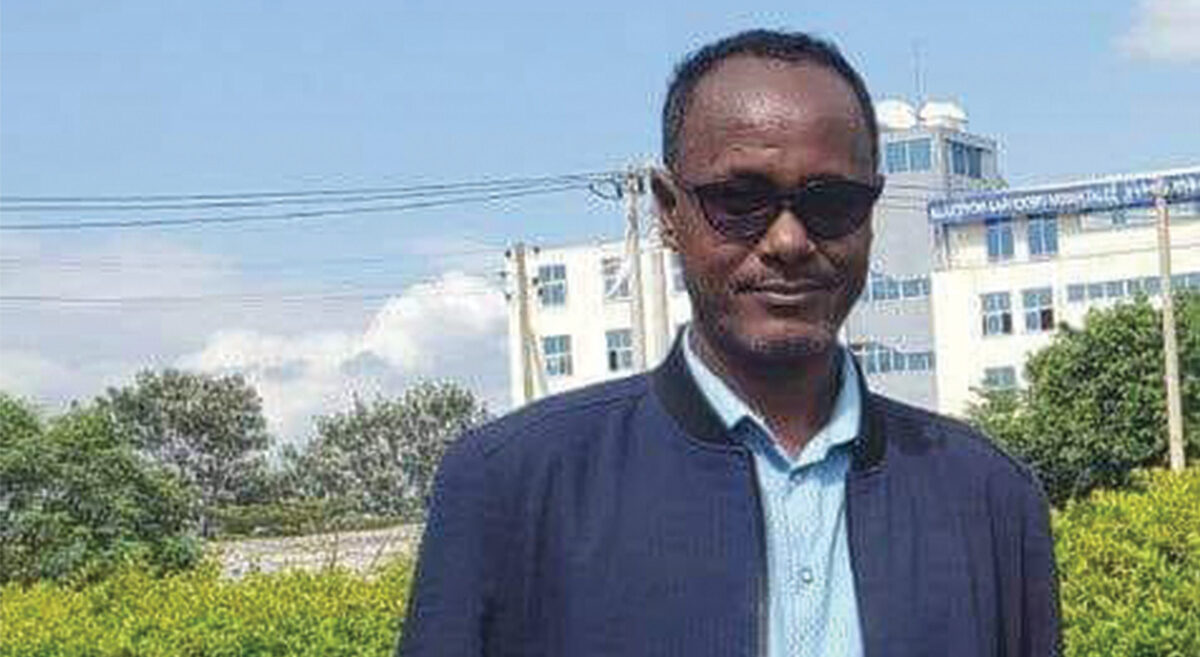In-depth: Rising from the Ashes: Tigray's industrial renaissance amidst war's toll

By Mihret G/kristos @MercyG_kirstos
Addis Abeba – Emerging from the ashes of war, Tigray’s once-booming industrial scene now stands as a stark testament to the toll of fighting. As the echoes of battles fade into memory, the scars of devastation linger, etched deep into the region’s economic heart.
But this story of struggle began long before the first shot was fired.
Even amidst the grip of a global pandemic, Tigray’s industrious spirit fought to survive, grappling with the crippling effects of COVID-19. Yet, just as hope began to flicker, the specter of war descended, casting a shadow of chaos and destruction over the landscape.
Now, as the dust settles, the true cost of the war reveals itself: years of progress undone, dreams shattered, and futures uncertain.
Before the onset of the war, Tigray housed 61 capital-intensive industries, the majority of which endured complete or partial destruction during the fighting. Among the notable casualties that suffered complete damage are Almeda Textile PLC, Saba Dimensional Stones PLC, Ezana Mining Development PLC, and Sheba Leather Industry PLC.
In order to assess the scope of the damage, Addis Standard recently visited two factories overseen by EFFORT (Endowment Fund for the Rehabilitation of Tigray): Almeda Textile and Saba Stones.
These facilities are located in Adwa town, approximately 161 kilometers from Mekelle, the capital of the Tigray region.
An on-site observation conducted by Addis Standard confirms that both establishments have experienced considerable devastation due to the conflict that erupted in the region, involving the federal government and Tigrayan forces.
Saba Dimensional Stones PLC was founded in 1994 following the collapse of the Derg regime, with a paid-up capital of 76 million Birr.
Areya Mered, head of Saba Marble Factory, reported that the factory incurred significant damage as a result of the conflict, with over 90% of its infrastructure affected.
During the visit, Addis Standard observed that nearly all machinery remained inactive. Instances of stolen spare parts were visible at the factory site, along with machinery damaged by explosive means, resulting in significant burns on some components.
Additionally, certain machines were found disassembled, broken, or relocated from their original positions.
Areya Tilahun, a team leader at the factory, elucidated the severe damage inflicted upon the factory in two successive events following the outbreak of the war, primarily involving Eritrean forces.
“During the initial phase,” he recounted, “Eritrean forces systematically targeted machinery, employing explosive devices positioned beneath the equipment upon their entry.”
Areya recollects that during the subsequent phase, Eritrean forces, composed of professionally trained electrical and mechanical units, methodically acquired machinery within their logistical capabilities by disassembling and relocating them from their original positions.
“Machinery exceeding their transportation capacity was intentionally destroyed through the use of explosive devices,” he noted.
We are enduring unimaginable hardships, with many of us compelled to sell our belongings to meet our basic needs.”
Yayu Mesfin, a worker at Saba Dimensional Stones PLC, whose employment terminated abruptly when the war began
Prior to the onset of the war, Saba operated various vital pieces of machinery, such as a granite polishing machine, a cross-cutting machine, a splitting machine, decantation equipment, and approximately 20 other significant equipment units.
Furthermore, Saba Stone employed a workforce of at least 800 individuals, consisting of both permanent and temporary staff members.
These employees are presently facing critical circumstances characterized by unemployment, loss of income, and deprivation of basic necessities, including food.
Throughout a tenure spanning almost three decades, Yayu Mesfin has dedicated his professional life to Saba Stone, serving in various capacities within the organization. However, the onset of war abruptly terminated his employment at the factory.
The subsequent devastation wrought by the war has not only rendered Yayu, a father of two in his early fifties, unemployed but has also stripped him of his means of livelihood, plunging him and his family into the depths of financial uncertainty and hardship.
For the past three years, he has grappled with the absence of a steady income, confronting the harsh realities of survival alongside his family. Residing in Adwa, where the factory is situated, Yayu currently struggles with the daily challenges stemming from financial instability.
Reliant on assistance to support himself and his family, Yayu laments the severe realities encountered not only by himself but also by his fellow colleagues.
“We are enduring unimaginable hardships, with many of us compelled to sell our belongings to meet our basic needs,” he expressed.
Among Yayu’s colleagues is Frehiwot Berihan, a mother of two children who presently shoulders the sole responsibility of caring for her family. As a former combatant, her husband awaits demobilization by the authorities.
Before the outbreak of war, Frehiwot held a position as a cleaner at Saba, having been employed since 2015. However, with the onset of the fighting, her ability to return to work and secure a steady income has been impeded, leaving her to confront the challenges of providing for her family amidst uncertainty.
“I find myself in a precarious situation with my children, relying on loans from my loved ones simply to survive,” she explains. “The financial strain of the past three years, compounded by the onset of war, has rendered me unable to fulfill even the basic obligation of paying my house rent.”
Frehiwot expresses that her family faces an imminent threat of eviction from their home due to accumulated rent arrears. “The uncertainty surrounding our housing situation adds another layer of stress to an already challenging circumstance.”
There seems to be a ray of hope for workers like Frehiwot and Yayu, as Saba Stone is presently in the final stages of installing new machinery on the site adjacent to its existing factory premises and is preparing to initiate operation.
This project, which was initiated prior to the outbreak of the war in 2018, entails a significant investment of 700 million birr. However, it has faced challenges in recent weeks, particularly in terms of securing adequate financing and navigating the complexities associated with accessing hard currency.
Despite these hurdles, Areya, the head of the factory, affirmed the company’s determination to proceed with the endeavor. “Efforts are still underway to secure the necessary funding through loan processes facilitated by the Development Bank of Ethiopia,” he disclosed.
Areya also emphasizes that the prolonged lack of employee salaries, spanning a continuous three-year period, is the most pressing concern for the factory.
“In response, the company has initiated efforts to tackle the issue, with employees themselves undertaking repair work on the damaged machinery, utilizing spare parts salvaged from existing inventory,” he explains. “This proactive approach has led to the reintegration of approximately 170 employees into the workforce, albeit at a reduced operational capacity of 8%.”
Despite these efforts, Areya notes that the compensation provided to employees is minimal, comprising pocket money rather than a full salary.
Concerning the state of the old factory, Areya indicated that the company has not yet reached a final decision regarding its restoration. “With over 90% of the facility having been destroyed, the prospect of restoration presents considerable financial challenges.”
He pointed out that the majority of the machinery, procured from three different Italian companies and suppliers, suggests that installing new equipment might be a more advisable approach.
“This suggestion arises from concerns regarding the significant expenses involved in restoring the existing machinery, as well as the uncertainty surrounding the assurance of optimal functionality following restoration,” he articulated.
Almeda Textile, established in 1995, is yet another factory that endured significant damage during the war in Tigray.
Following the outbreak of the war in November 2020, operations at factories such as Almeda were abruptly halted, with reports indicating widespread instances of looting and destruction spanning from partial to complete devastation.
Aregawi Girmay, the operations manager of Almeda Textiles, conveyed to Addis Standard the considerable challenge confronting the company in reopening its factory. “This endeavor will require substantial investment, thereby jeopardizing the livelihoods of thousands of employees.”
The operation manager highlighted the precarious situation experienced by employees of the textile factory, emphasizing its status as one of the largest establishments of its kind in the nation. Situated in Adwa, the factory previously boasted a workforce exceeding 5,000 individuals, with women constituting 70% of its employees.
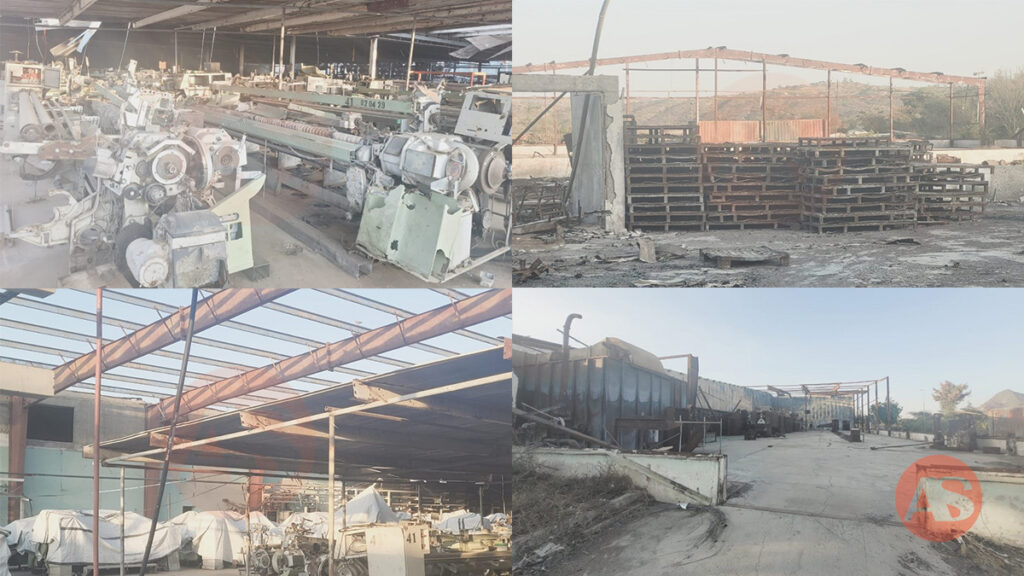
Hagos Woldeselassie (name changed), a father of five, is among the employees of Almeda Textile.
He voiced the precarious situation faced by himself and his colleagues due to the extended absence of salaries. “Since the onset of the war, we have been deprived of our salaries, leaving us susceptible to the challenges of supporting our families,” he stated.
Despite facing considerable setbacks, Aregawi asserts that Almeda is actively engaged in measures aimed at restoration. “These efforts include the retraining of over 1,000 workers and the initiation of restoration work on machinery.”
While these initiatives are commendable, Aregawi indicated that they do not fully encompass the extent of restoration needed. “Nevertheless, these measures would serve as a crucial interim solution until comprehensive restoration efforts could be effectively undertaken,” he expressed hope.
Aregawi stressed the pressing need for intervention from both federal and regional authorities to safeguard the livelihoods of the workers. Despite the challenges, he noted that the company is undertaking measures towards self-restoration, as external support from governmental bodies has been lacking.
Rebuilding Tigray’s industrial landscape
In mid-January 2024, Addis Standard published a news article revealing that the Tigray Industry Bureau has formally requested targeted assistance from the federal government to revitalize the manufacturing sector in the region, which has been severely impacted.
Mehari Gebremichael, deputy head of the Tigray Industry Bureau, has disclosed that the Tigray interim administration has identified 139 medium and large industries that could be promptly restored. “However, despite submission to the federal government, these cases have not received the necessary level of attention,” he stated.
The issue emerged as a significant topic of discussion during a recent meeting Prime Minister Abiy Ahmed convened with representatives from various communities in Tigray two weeks ago.
Industries in Tigray are unable to resume operations due to their finances being tied up, as the loans they obtained before the war have been classified as nonperforming loans by banks.”
Ashenafi Hailu, an investor in the Tigray region
Ashenafi Hailu, an investor in the Tigray region and one of the promoters of the Togoga Cement Factory, a new cement project in Tigray that recently initiated share sales, presented an overview of the status of the manufacturing sector during the discussion.
He delineated the challenges confronting industries in Tigray, categorizing them into three groups: those with fully damaged factories, those with partial damage awaiting repairs due to shortages of spare parts, and those lacking adequate funds for operational activities.
According to Ashenafi, industries and investment projects in Tigray are unable to resume operations due to their finances being tied up, as the loans they obtained before the war have been classified as nonperforming loans (NPLs) by banks.
“They cannot secure new loans until this matter is resolved,” he elaborated.
Expressing frustration, Ashenafi questions the fairness of expecting debt repayment amid an extended banking shutdown.
“Although commercial banks have resumed operations currently, they are unable to address the issue of NPLs,” Ashenafi asserts. “Without approval from the National Bank of Ethiopia (NBE), the banks are unable to take action.”
In a recent interview with Addis Standard, Mehari, deputy head of the Tigray Industry Bureau, additionally conveyed the region’s appeal to the federal government for incentives, such as the waiving of loan interest and the provision of new loans at reduced rates.
“Significant challenges also stem from the restricted availability of raw materials and foreign currency,” Mehari asserted, underscoring that although the Ministry of Industry has extended assistance since the Pretoria peace agreement, the federal government’s backing for the reconstruction of Tigray’s industrial sector has been inadequate.
Despite the complexity of the issue, Prime Minister Abiy assured during the recent discussion that this matter would be addressed in alignment with the nation’s policy.
He proposed the formation of a team consisting of the governor of the central bank as well as representatives from the ministries of Finance and Industry, along with a delegate from Tigray, to deliberate on the matter.
“If there is anything that we can do to resolve the issue, the government is committed to doing so,” the Prime Minister conveyed to the participants. AS


